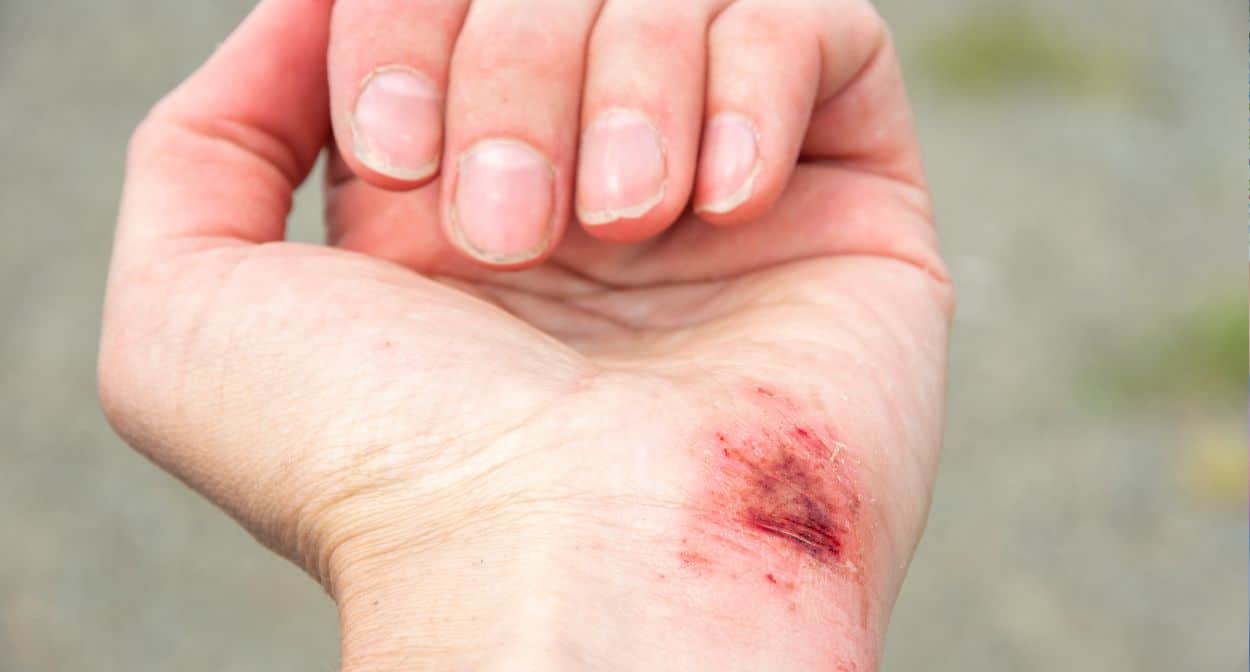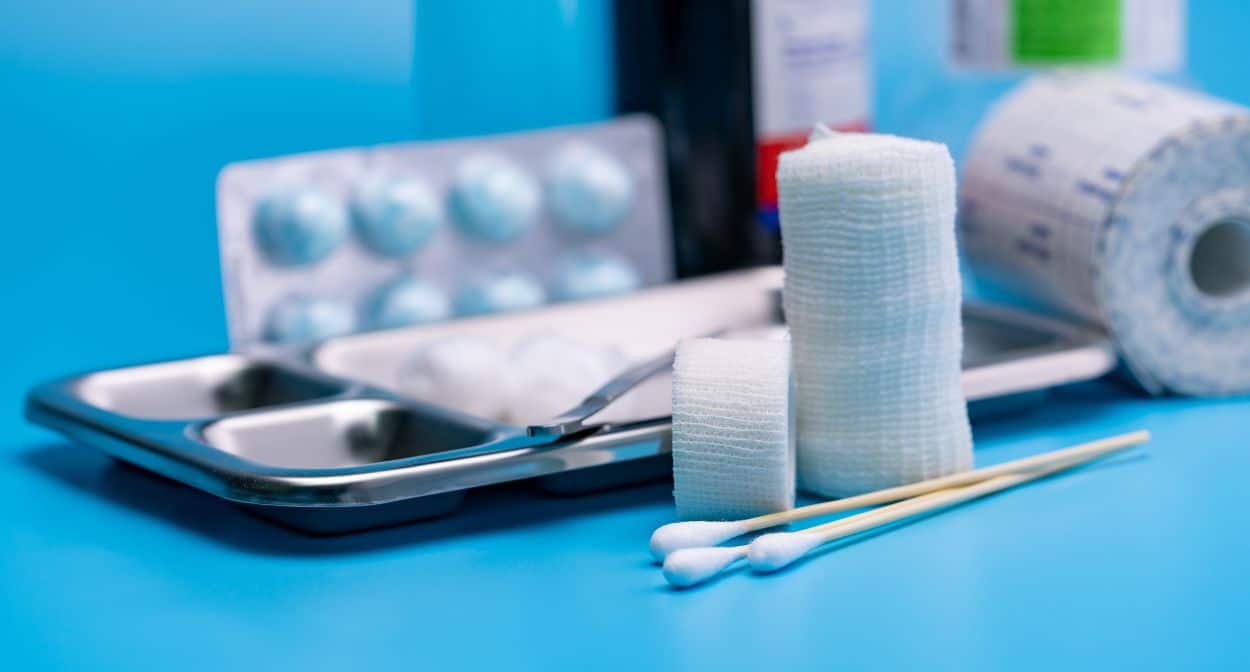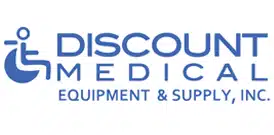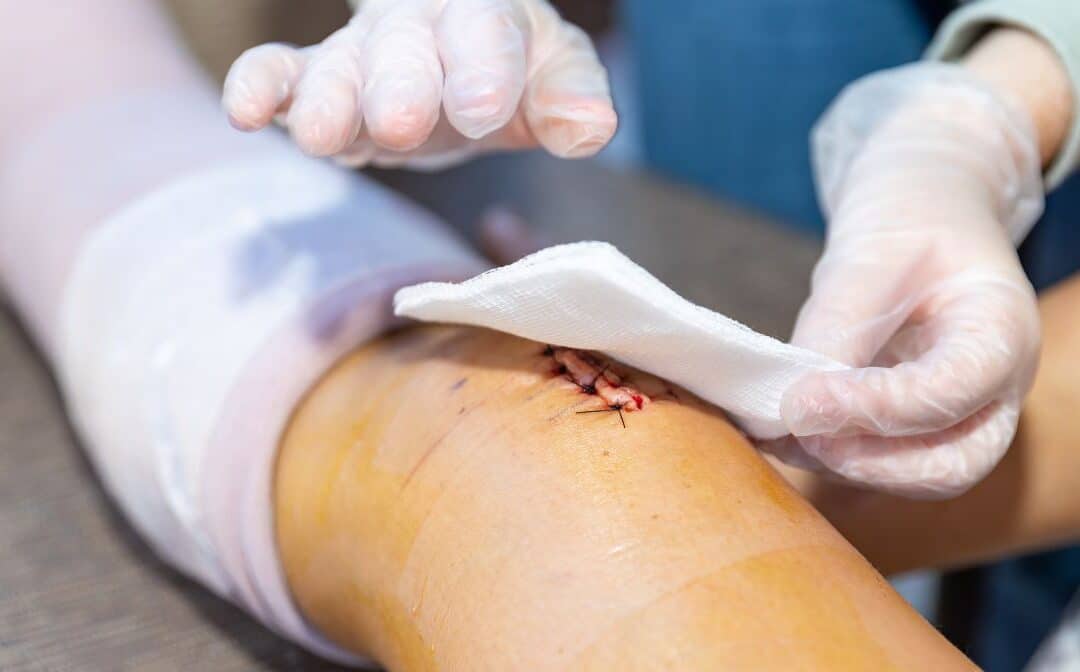In this guide, we’ll discuss the different types of wounds, how they’re classified, and what that means for treatment and recovery.
Why Wound Classification Matters
Wound classification isn’t just medical jargon—it’s an essential part of choosing the right treatment, dressing, and equipment. Understanding what kind of wound you’re dealing with helps healthcare providers (and you!) determine the best path to healing. Different wounds have different needs, whether it’s a scrape from a fall, a surgical incision, or a pressure ulcer. Identifying and treating them accordingly can significantly improve outcomes and prevent complications.

Major Wound Classifications
Wounds are typically classified based on several factors, including how they were caused, their severity, their duration, and whether they’re open or closed. Let’s explore each category more closely to help you better understand what you or your loved one may be facing.
Acute vs. Chronic Wounds
Acute wounds are those that occur suddenly and follow a predictable healing process. These include injuries like cuts, abrasions, or surgical incisions and, when properly treated, typically heal within a few weeks. On the other hand, chronic wounds take longer to heal and are often the result of underlying health conditions such as diabetes, circulatory problems, or prolonged pressure on the skin. Examples of chronic wounds include diabetic ulcers and pressure sores. While acute wounds usually require only short-term care, chronic wounds often need advanced dressings, mobility support equipment, and long-term management.
Open vs. Closed Wounds
Open wounds involve a break in the skin, allowing exposure to the underlying tissues. These include lacerations, abrasions, punctures, and surgical wounds. Closed wounds, by contrast, occur beneath the skin and do not have an external opening. Examples include bruises or hematomas, which may not be as visibly alarming but can still involve significant internal damage. When managing open wounds, sterile dressings and vigilant infection control are essential. At Discount Medical, we offer a wide range of supplies to assist with these needs, including medical-grade antiseptics, hydrocolloid dressings, and gauze pads.

Types of Open Wounds
An abrasion is typically caused by friction, such as when the skin scrapes against a rough surface like pavement. Though often superficial, abrasions can be painful and prone to infection if not properly cleaned and dressed. Lacerations are deeper cuts typically caused by sharp objects and often require stitches to close. They demand close monitoring to avoid infection and support proper healing. Punctures occur when sharp objects like nails or needles pierce the skin. Though they may appear minor on the surface, they can be deceptively dangerous due to the depth and risk of internal infection. Avulsions are more severe injuries in which tissue is forcibly torn away, often resulting from accidents. These require immediate medical attention and usually surgical intervention.
Types of Chronic Wounds
Pressure ulcers, also known as bedsores, are common in individuals who have limited mobility. These wounds develop from prolonged pressure on specific parts of the body, such as the heels, tailbone, or hips. They can range from mild redness to deep tissue injuries and are best prevented with pressure-relieving cushions, adjustable hospital beds, and periodic repositioning. Diabetic ulcers typically form on the feet of individuals with diabetes and are particularly dangerous due to poor circulation and slower healing. They require specialized dressings and regular monitoring. Venous ulcers occur mainly in the lower legs due to poor venous blood return. These wounds often require compression therapy, elevation, and advanced wound dressings for proper treatment.

Wound Severity: Surgical Wound Classifications
Wounds are further classified in surgical and hospital settings based on contamination levels. A clean wound is a surgical incision with no infection or inflammation. Clean-contaminated wounds involve surgical procedures in areas like the gastrointestinal tract where bacteria are normally present, though no infection has occurred. Contaminated wounds are those where there is a high risk of infection, such as a fresh open wound exposed to external debris. Finally, infected or dirty wounds show clear signs of infection, including pus, foul odor, and inflammation. These classifications help determine whether antibiotics, advanced dressings, or negative-pressure wound therapy (wound vacs) may be necessary.
Wound Healing Stages
Wounds go through four primary stages of healing. The first is hemostasis, during which the body forms clots to stop the bleeding. This is followed by the inflammation phase, where the immune system clears away damaged cells and bacteria. Next is the proliferation stage, where new tissue and blood vessels begin to form. Finally, during the maturation or remodeling phase, the wound closes, and the tissue regains strength and flexibility over time. Each stage is crucial to full recovery, and disruptions—like infections or repeated pressure—can delay healing significantly.

Choosing the Right Wound Care Supplies
The key to effective wound management lies in selecting the appropriate supplies for the type and stage of the wound. At Discount Medical, we offer a comprehensive selection of wound care products tailored to meet individual needs. Our inventory includes a variety of dressings such as foam, gauze, hydrogel, and transparent film options. We also carry cleansing agents like saline solutions and antiseptics to ensure wounds stay clean and bacteria-free. Additionally, we stock medical tape, wrap bandages, and protective barrier creams to safeguard the skin during healing. And for those managing pressure-related wounds, we offer support items like specialized cushions and mobility aids to offload weight and protect sensitive areas.
Wound Care for Limited Mobility Patients
Limited mobility often leads to prolonged pressure on certain body areas, making individuals more susceptible to pressure sores and delayed healing. Seniors, post-surgery patients, and individuals with chronic illnesses are especially at risk. That’s why Discount Medical offers a range of mobility aids and pressure-relief solutions. Products such as lift chairs, adjustable hospital beds, and pressure-distributing cushions are crucial in prevention and recovery. We also carry high-quality mobility scooters and powerchairs designed to improve independence while reducing the risks associated with prolonged sitting or inactivity. For short-term needs, our rental options provide access to the equipment necessary for safe and effective recovery. And if equipment ever breaks down, our in-house repair team is ready to help.

When to Seek Medical Attention
Not all wounds can or should be managed at home. Warning signs like red streaks spreading from the wound, pus or foul-smelling drainage, fever, or a wound that does not improve after a few days can indicate a serious infection. In such cases, it’s essential to contact a healthcare provider immediately. Prompt treatment can prevent complications and ensure better healing outcomes.
Serving Riverside Families for Over 25 Years
For over 25 years, Discount Medical has proudly served the Riverside and Inland Empire communities with compassion, integrity, and expertise. As a locally owned business, we’re more than just a medical supply store—you’re your neighbor, advocate, and wellness partner. Our knowledgeable and bilingual staff are committed to confidently helping you navigate your health needs. Whether you’re caring for a loved one, recovering from surgery, or managing a chronic condition, we’re here to make access to quality care easier.
If you’re uncertain which wound care products are right for your situation, don’t hesitate to reach out. Our friendly team at Discount Medical will help guide you through product options, answer your questions, and make sure you get exactly what you need, without the guesswork of shopping online.

